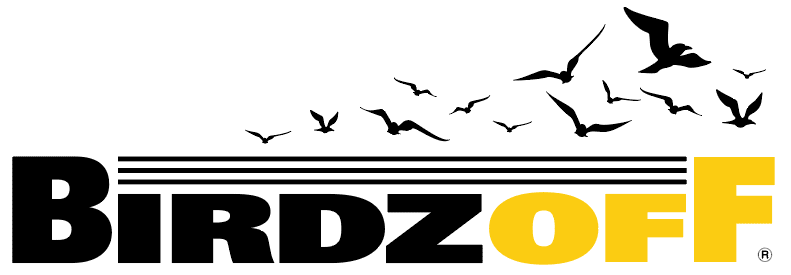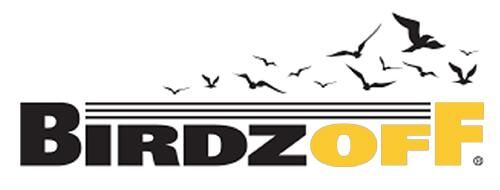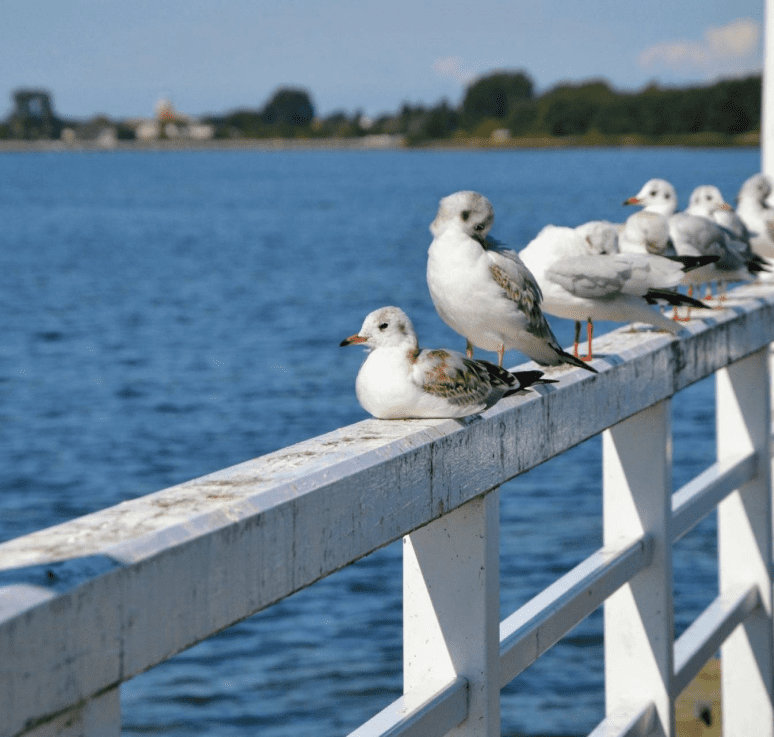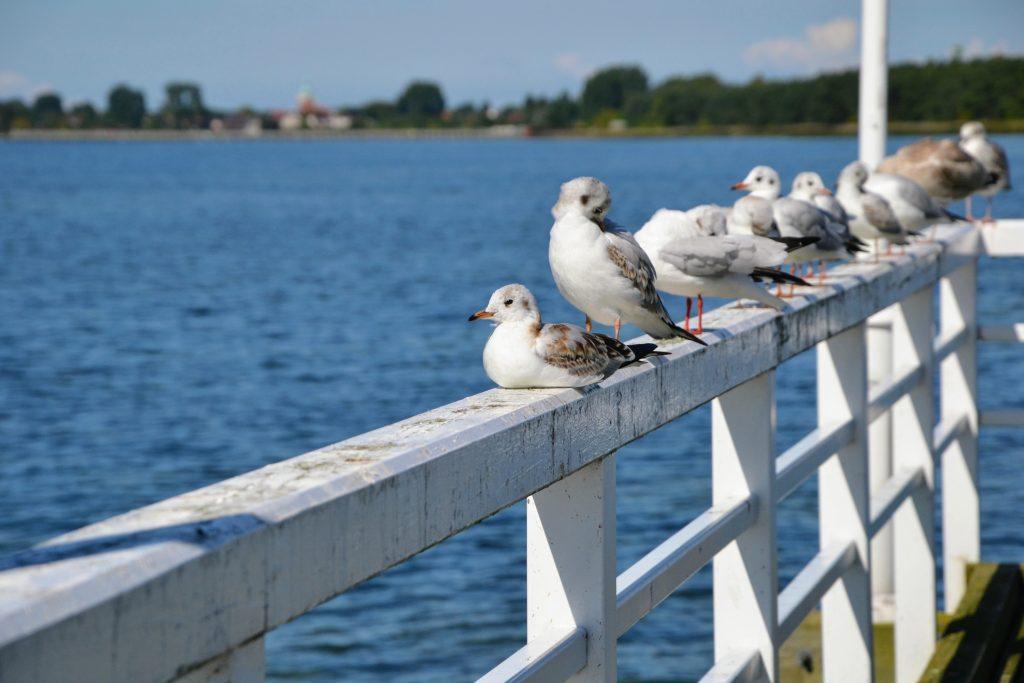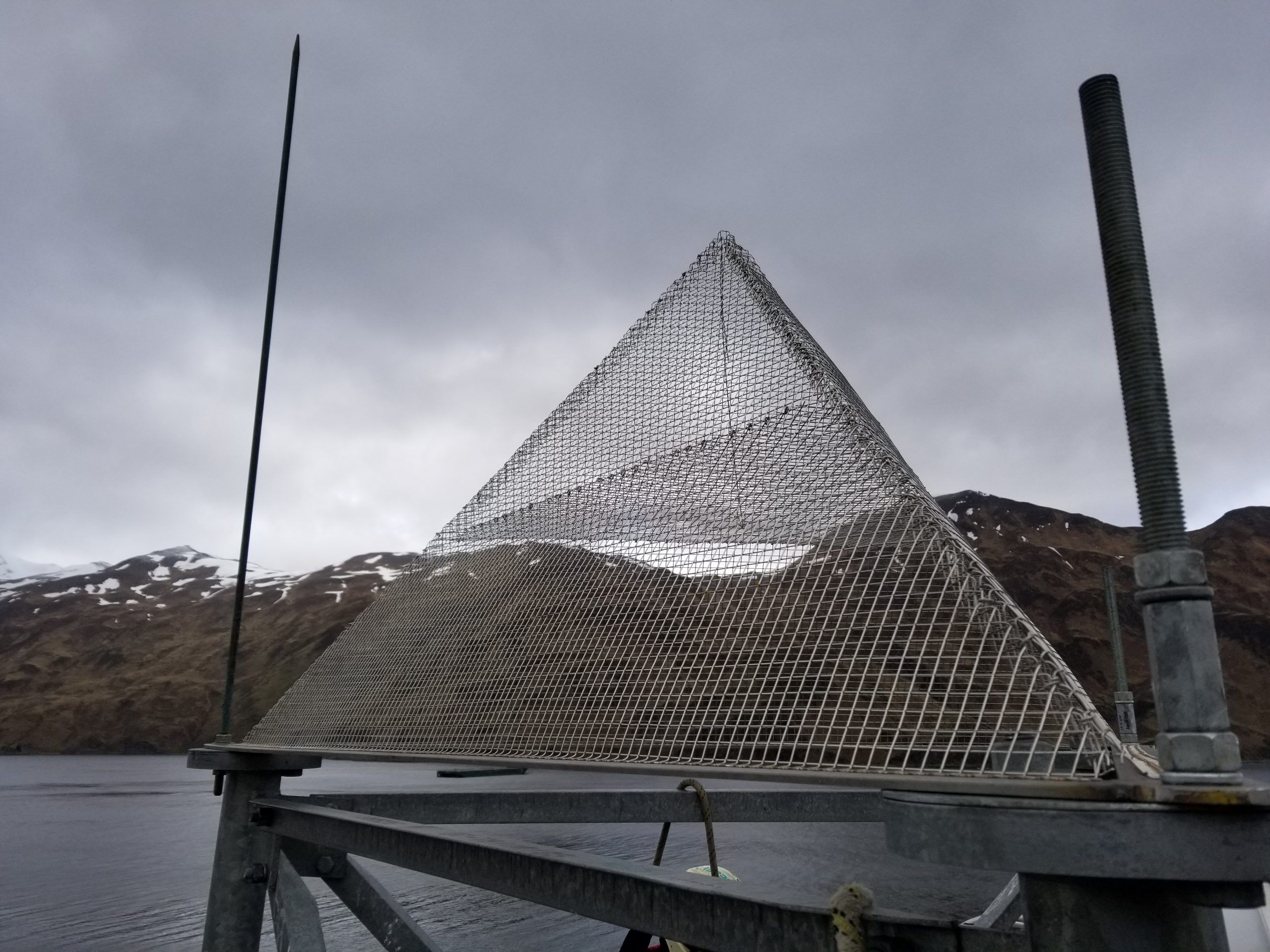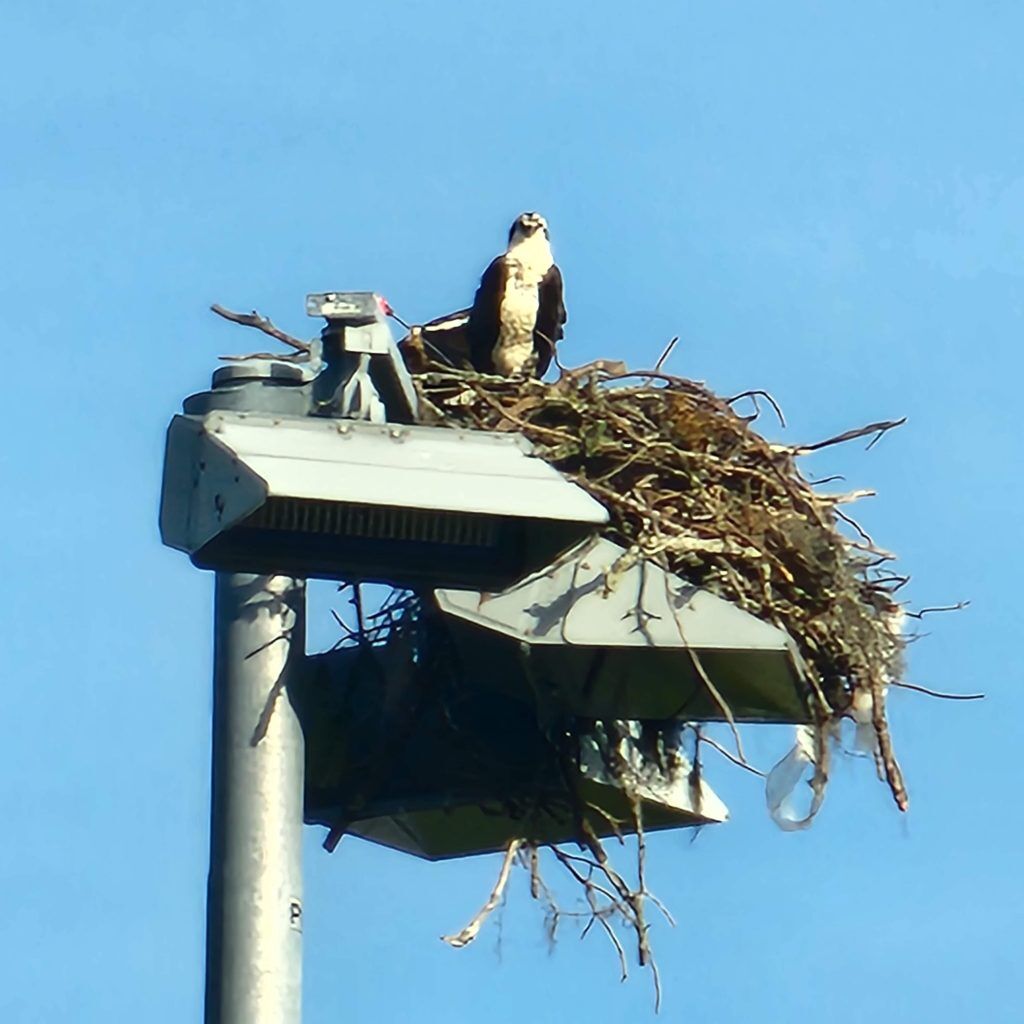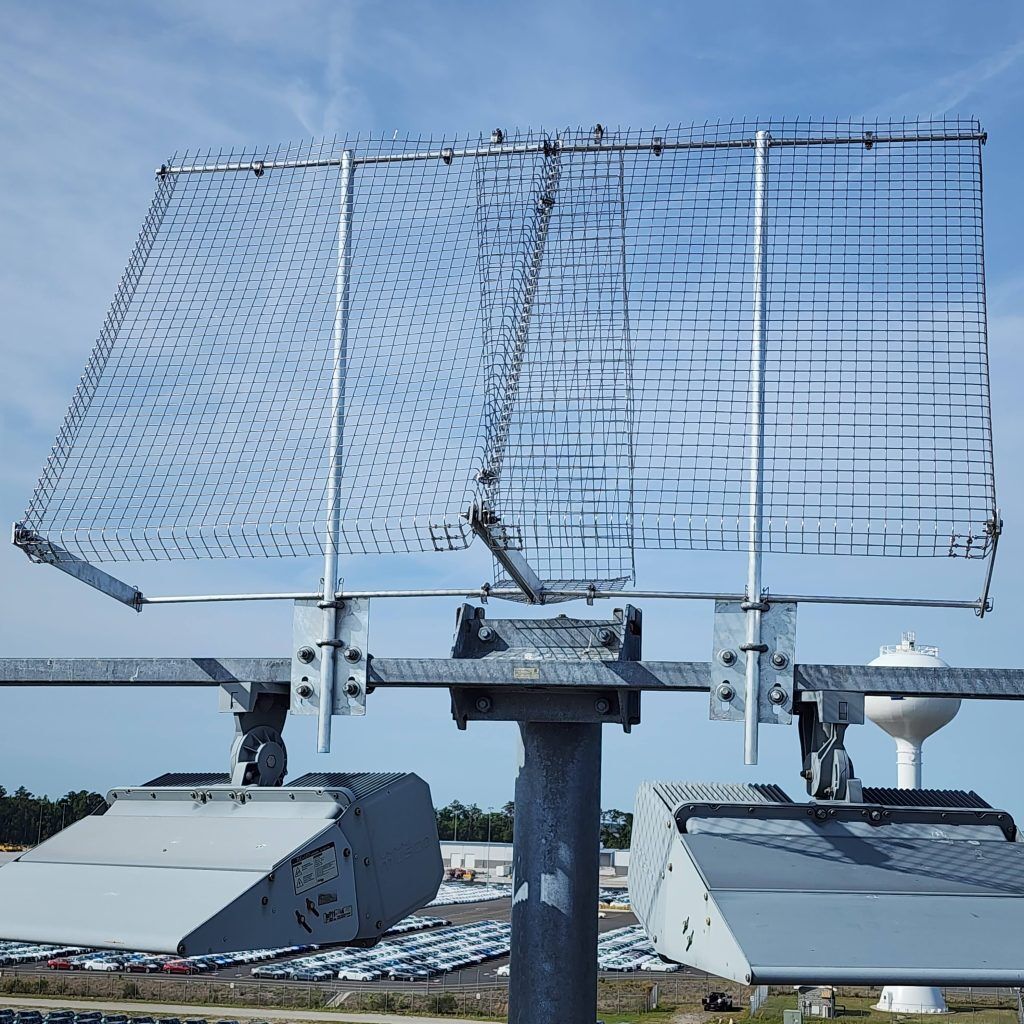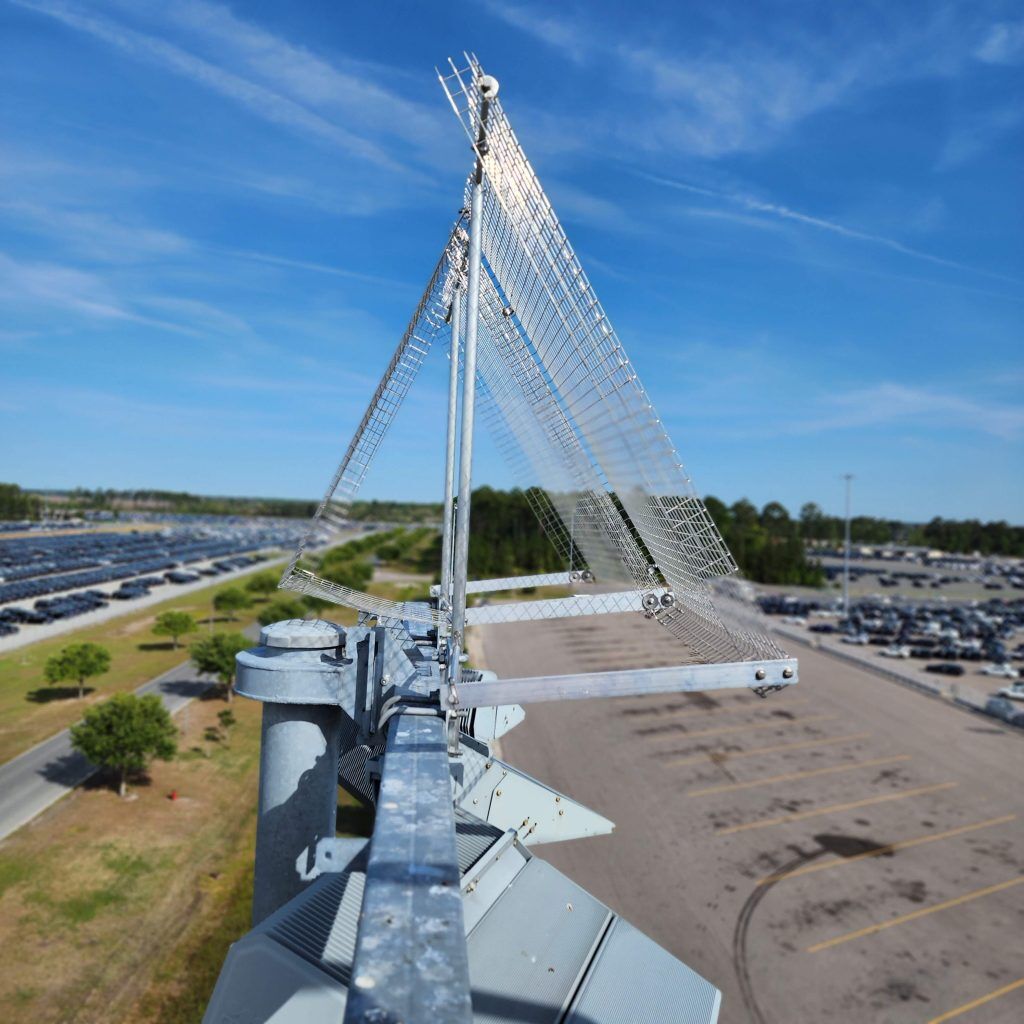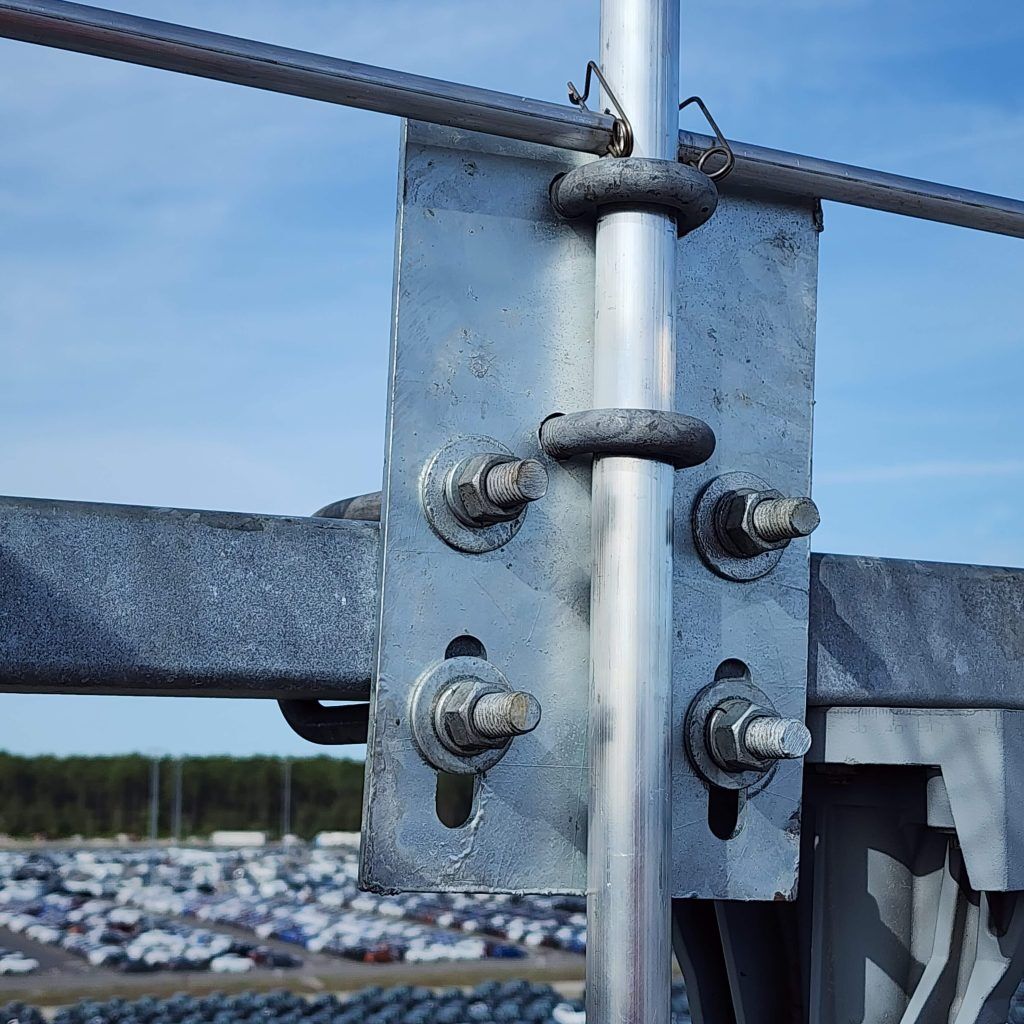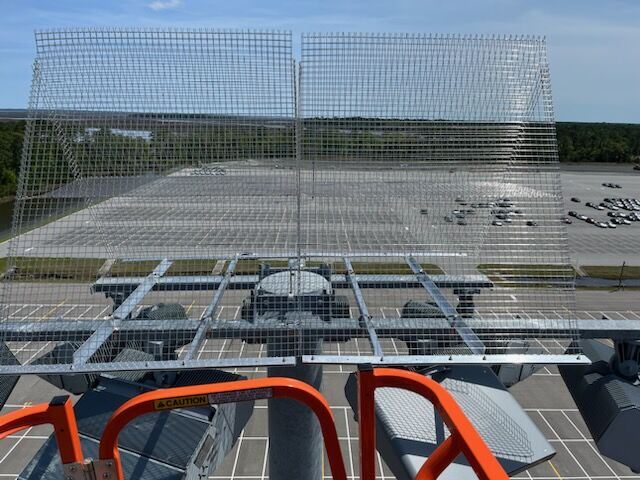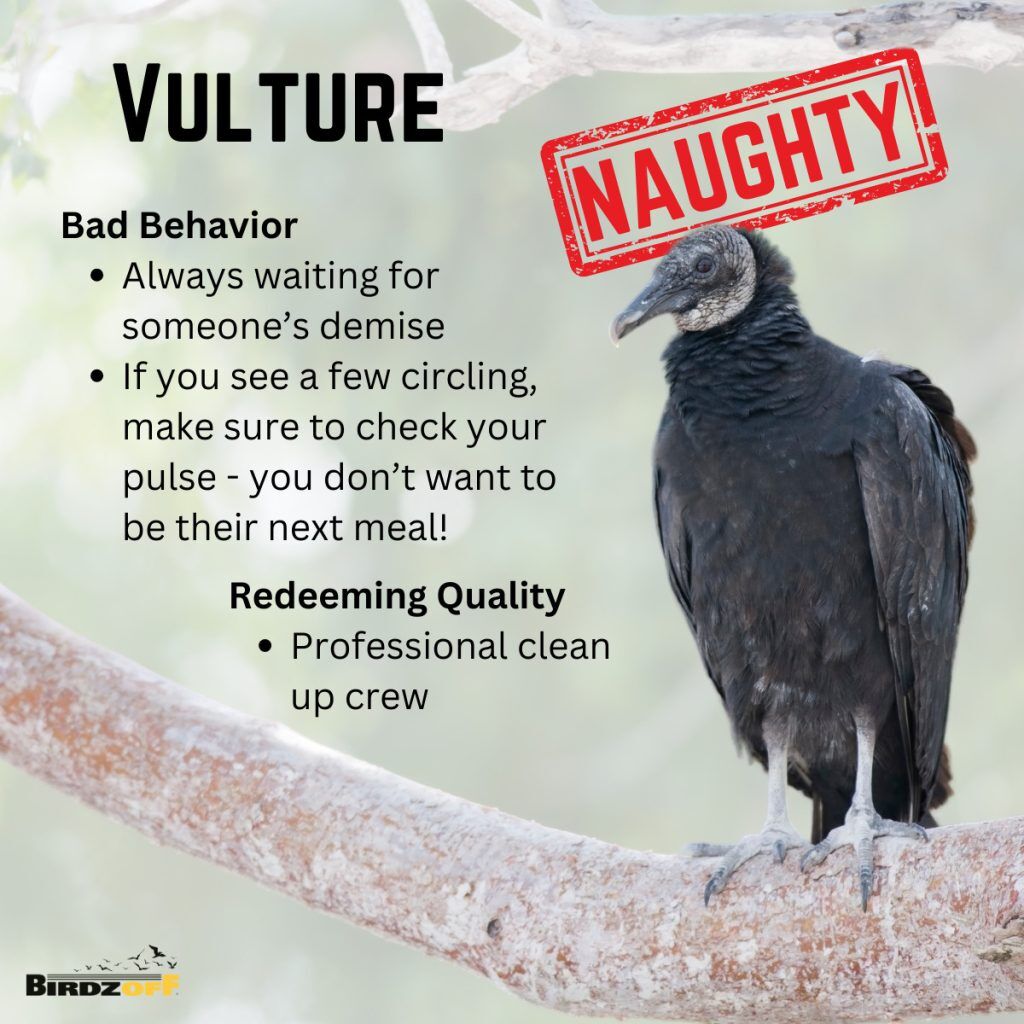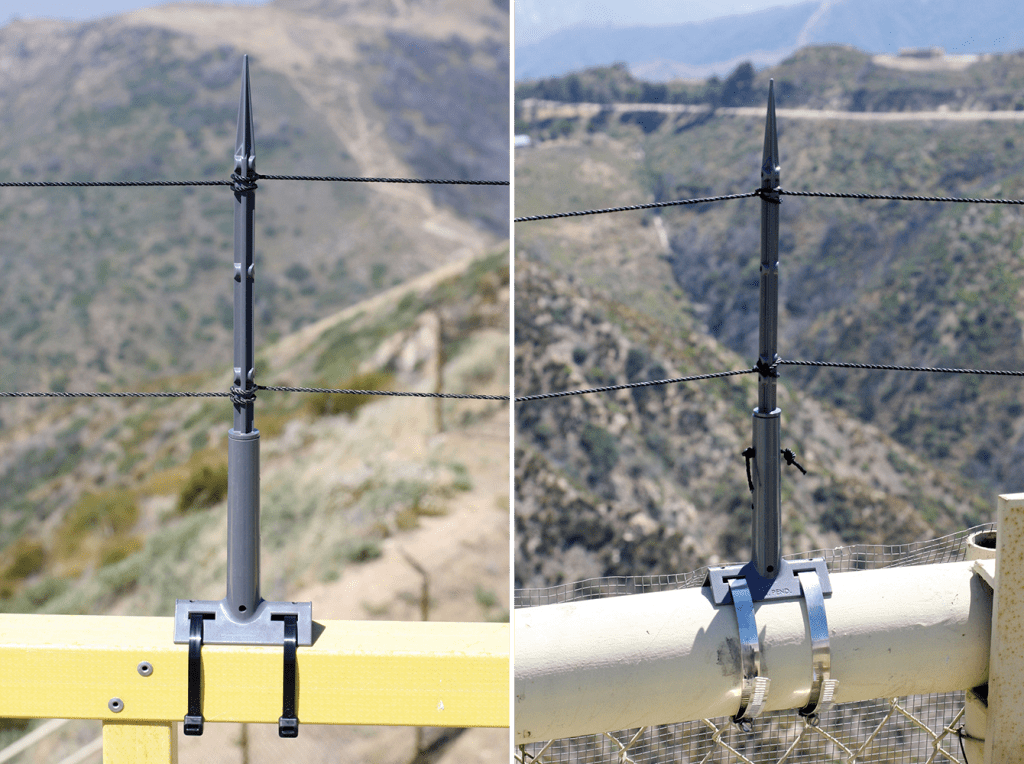Offshore rigs, platforms, and substations are all a bird’s paradise for loafing and roosting. With so many birds taking advantage of the ideal perching locations, these structures are often covered in bird droppings. The unsafe environment creates a health and safety risk including bird disease and slip and fall risks for crews. Droppings are also highly corrosive, decreasing the longevity of critical equipment. Offshore bird control is easy with Birdzoff BirdSpring.
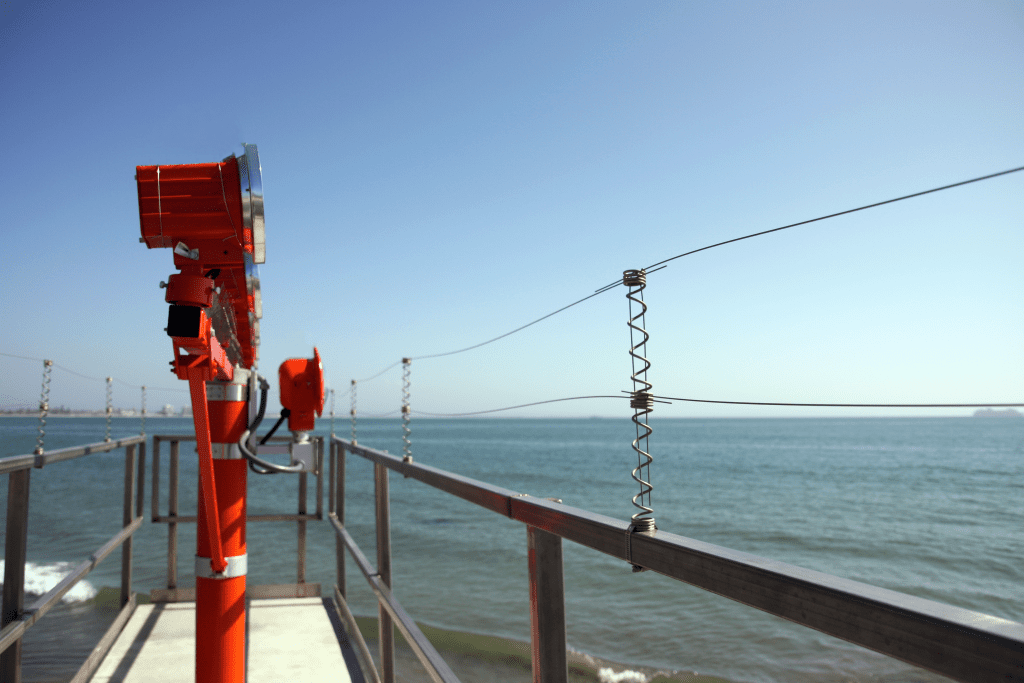
Crew Health and Safety Risks
Birds look for perching and nesting locations that give them a high vantage point. Birds that spend any amount of time perched on marine equipment will likely leave behind droppings. The accumulation of droppings mixed with the salt water environment creates a slimy and slippery coating on platform equipment. Medium to large birds will leave behind droppings between 15 and 20 times per 24 hours. Additionally, birds that use offshore infrastructure for hunting purposes leave behind leftovers of their kill including entrails and skeletal remains. These droppings and leftovers pose a significant slip and fall risk for employees navigating facilities.
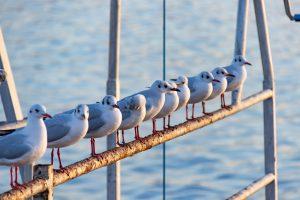
Equipment Damage
Not only are bird droppings toxic and dangerous to humans, but they also can cause serious damage to the materials they cover. Bird droppings contain a variety of chemicals that make them very difficult to clean up. The chemical components of bird droppings ensure that even the least corrosion-prone materials like marine-grade stainless steel are affected by the corrosive nature of the droppings. Additionally, accumulated droppings will increase the cost of maintenance and replacements over time.
Birdzoff BirdSpring Prevents Bird Droppings
The BirdSpring, offered by Birdzoff, creates both a physical and visual barrier that prevents medium and large birds from perching on all types of platforms. The system works by establishing both a visually unappealing as well as physically unstable platform on which to perch by interfering with the dimensional space they need to occupy. The spring system has minimal wind and ice load and is activated by a perching attempt. Birdzoff calls it a jiggly, wiggly, wobbly system designed to withstand harsh weather conditions with worker safety in mind.
Birdzoff recommends that BirdSpring be installed on all locations on which a bird might perch except for active helipads and walkway floors. Offshore bird control doesn’t have to be a pain with Birdzoff.
